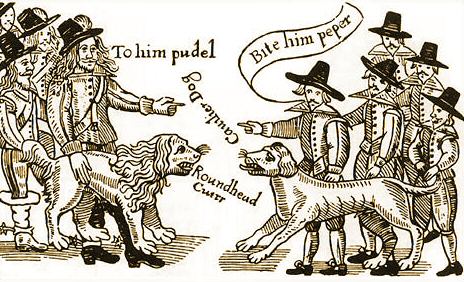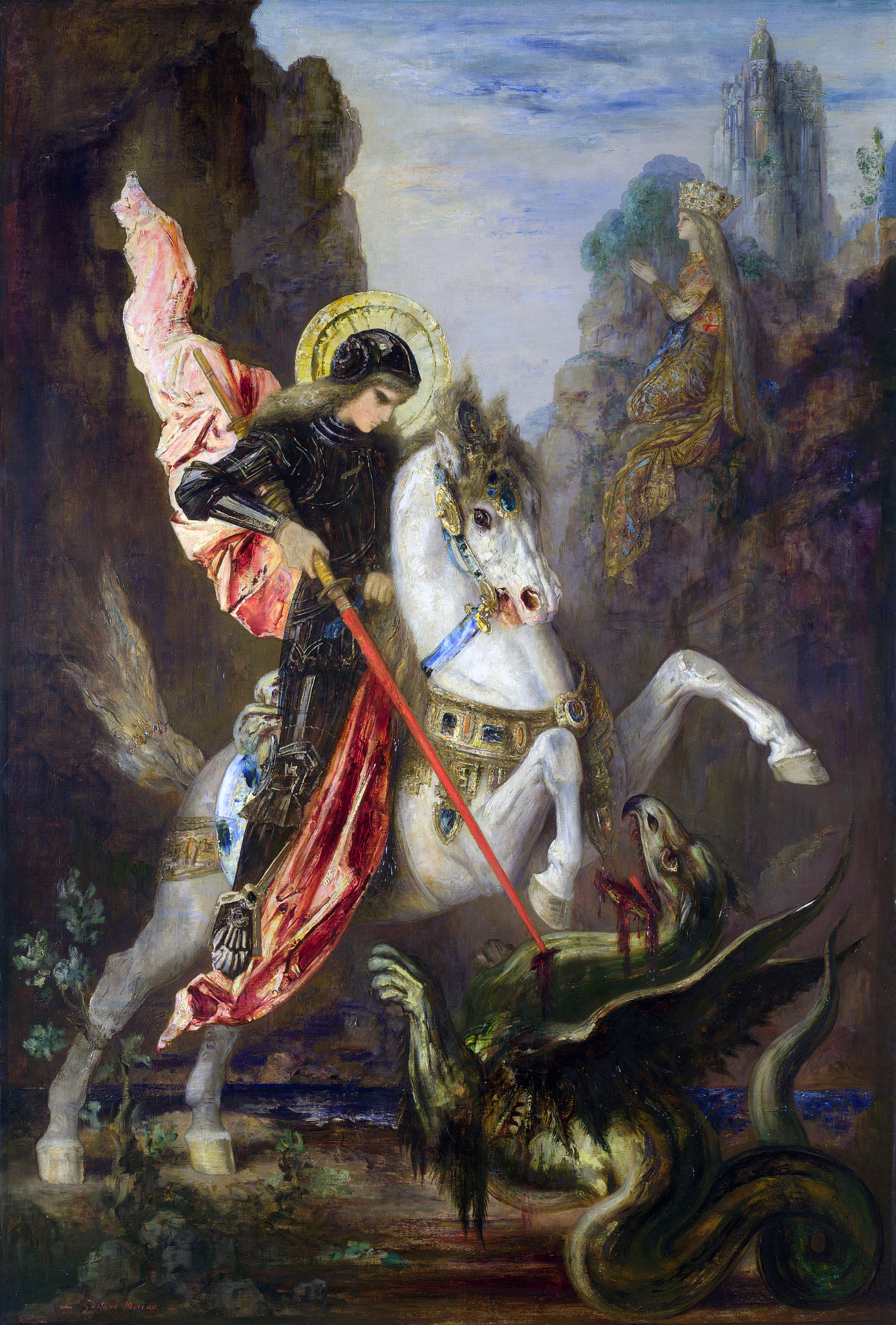As time and populations began to be educated, and yearn for knowledge, there came a period when people no longer looked to their assumptions but more to scientific facts as their sources of information and beliefs. This time can be called The Enlightenment, and just like everything else, dragons fell under the examining eye of a world that was looking for reasonable explanations.
“There be some dragons which have wings and no feet, some again have both
feet and wings, and some neither feet nor wings, but are only distinguished from
the common sort of Serpents by the comb growing upon their heads, and the
beard under their cheeks.
Gyllius, Pierius, and Gervinus . . . do affirm that a Dragon is of a black colour, the
belly somewhat green, and very beautiful to behold, having a treble row of teeth
in their mouths upon every jaw, and with most bright and clear-seeing eyes,
which caused the Poets to say in their writings that these dragons are the watch-
ful keepers of Treasures. They have also two dewlaps growing under their chin,
and hanging down like a beard, which are of a red colour: their bodies are set all
over with very sharp scales, and over their eyes stand certain flexible eyelids.
When they gape wide with their mouth, and thrust forth their tongue, their teeth
seem very much to resemble the teeth of wild Swine: And their necks have many
times gross thick hair growing upon them, much like unto the bristles of a wild
Boar.
Their mouth, (especially of the most tamable Dragons) is but little, not much big
ger than a pipe, through which they draw in their breath, for they wound not with
their mouth, but with their tails, only beating with them when they are angry. But
the Indian, Ethiopian, and Phrygian dragons have very wide mouths, through
which they often swallow in whole fowls and beasts. Their tongue is cloven as it
were double, and the Investigators of nature do say that they have fifteen teeth of
a side. The males have combs on their heads, but the females have none, and
they are likewise distinguished by their beards.”
-
Historie of Foure-Footed Beasts (1658) By: Edward Topsell
I came across this excerpt in
Wonder Beasts: Tales and Lore of the Phoenix, the Griffin, the Unicorn, and the Dragon by Joe Nigg. From it the reader can see that the dragon, through the changing of mindsets and scientific explanations, was losing its form of ambivalence and taking on a form of set appearance. Now, a determined form will never fully occur, yet it is interesting to note that as the dragon is materialized it also loses its reality. For these descriptions were being created, giving scientifically reliable descriptions of the creature, yet as one came across these literal descriptions of dragons they began to realize that they had never encountered something possessing these set characteristics. The dragon used to be a plausible idea when peoples could read about it and hear accounts of this mighty beast, but as time progressed the dragon became more and more mythical, to point of now where we know that they do not exist.











